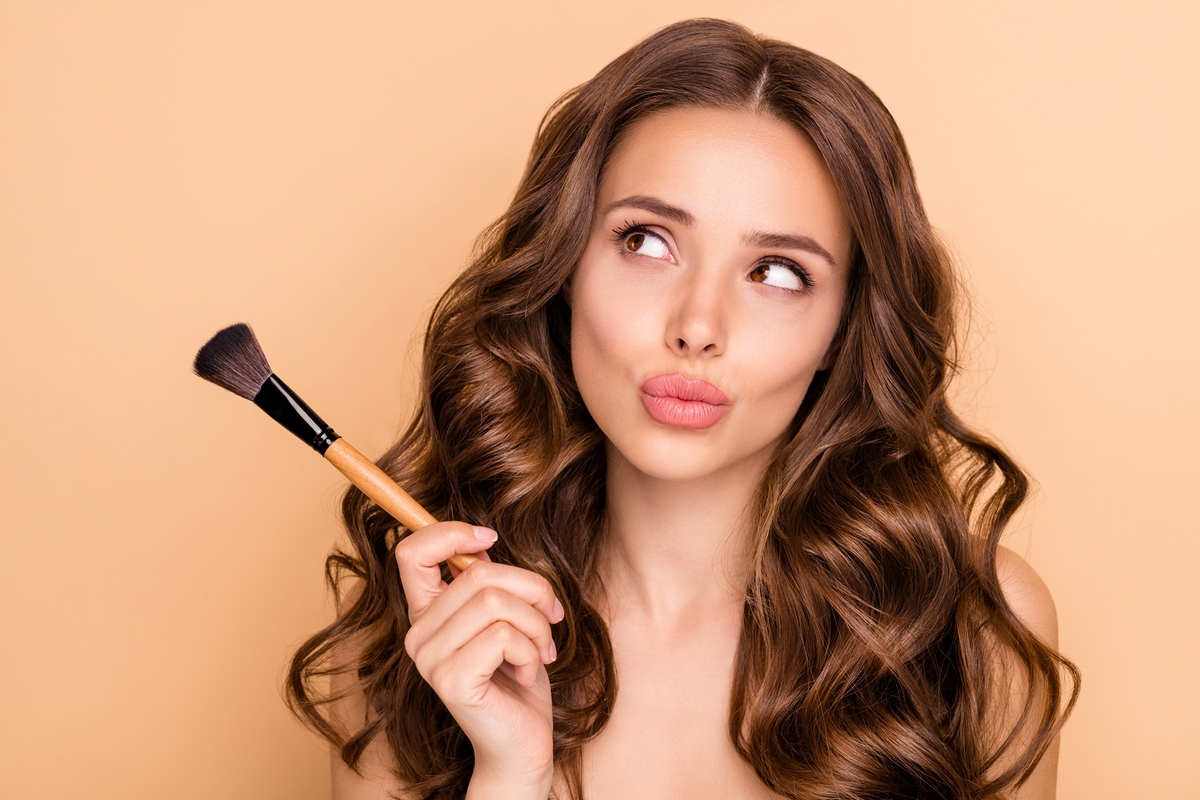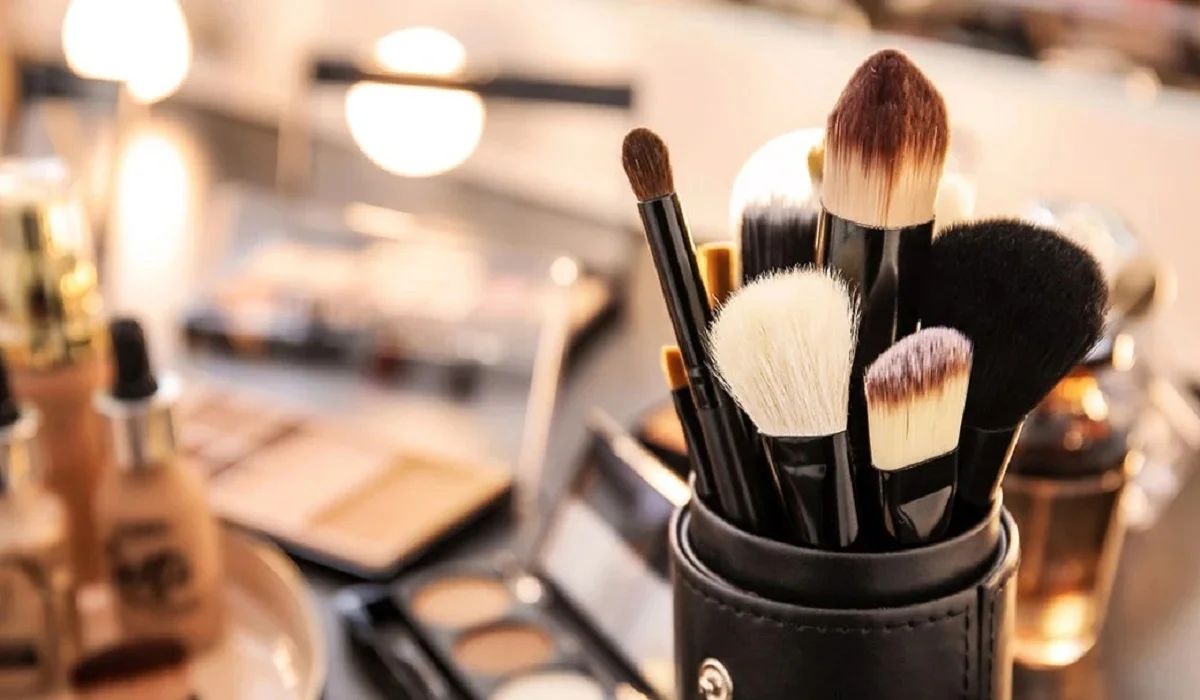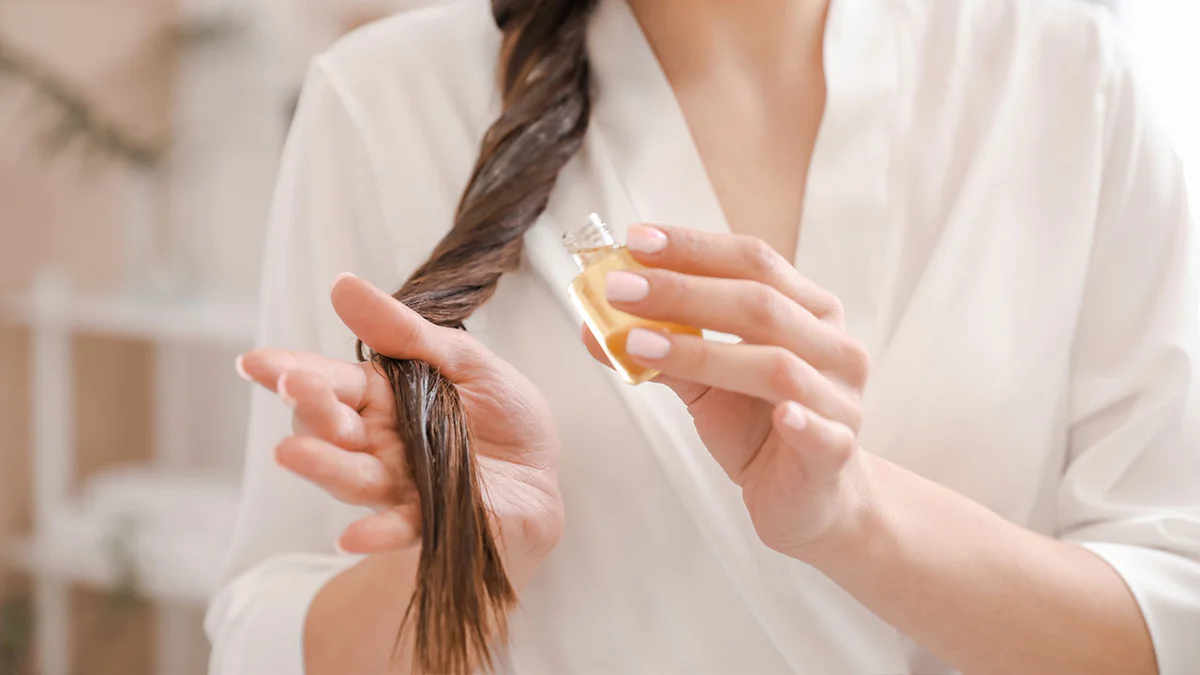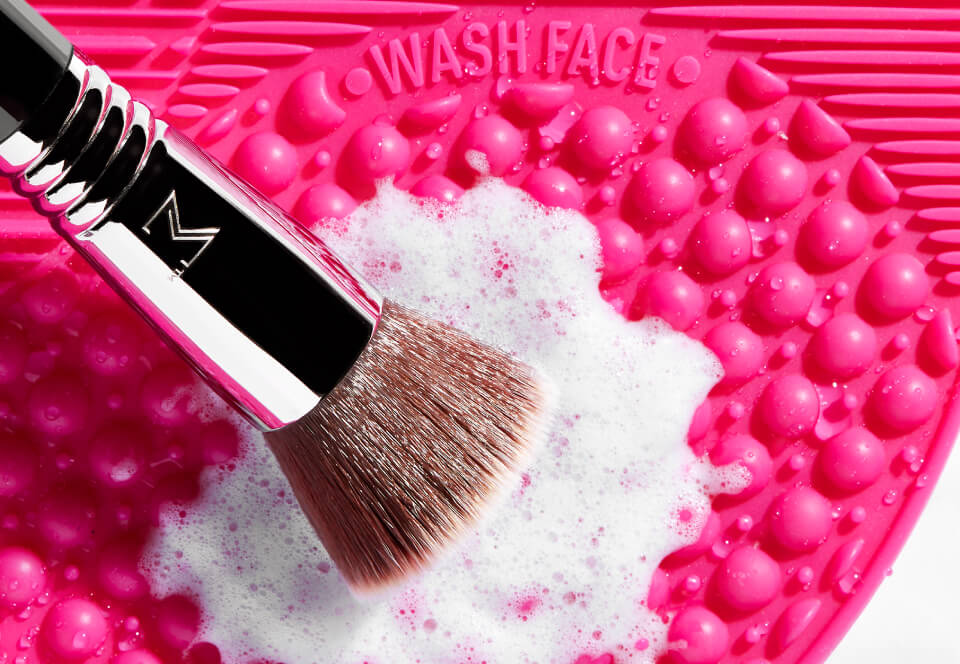
Makeup brushes are an essential tool in any beauty routine. They help us achieve flawless and effortless makeup looks, whether we’re going for a natural or dramatic look. However, it’s important to note that these brushes need to be cleaned regularly to maintain their performance and longevity. Dirty brushes can harbor bacteria, oil, dirt, and dead skin cells that can cause breakouts and other skin problems.
Cleaning your makeup brushes may seem like a daunting task, but it’s actually quite simple and easy to do. With the right tools and techniques, you can keep your brushes clean and in good condition for years to come. In this article, we’ll walk you through the step-by-step process of cleaning your makeup brushes, as well as some tips and tricks to make the process even easier.
Step 1: Gather Your Supplies
Before you start cleaning your makeup brushes, you’ll need to gather some supplies. Here are the things you’ll need:
Gentle liquid soap or brush cleaner: You can use any gentle liquid soap or brush cleaner to clean your brushes. Avoid using harsh soaps or detergents as they can damage the bristles.
Bowl or sink: You’ll need a bowl or sink to clean your brushes in. Make sure it’s clean and free from any dirt or debris.
Towel: You’ll need a clean towel to dry your brushes on.
Brush cleaning mat or glove (optional): A brush cleaning mat or glove can help you get a deeper clean on your brushes by helping to remove dirt and makeup residue.
Step 2: Wet Your Brushes
To start cleaning your makeup brushes, wet the bristles under running water. Make sure the water is lukewarm and not too hot or too cold. Hold the brush under the water with the bristles facing down, and avoid getting water on the metal part of the brush as it can loosen the glue that holds the bristles in place.
Step 3: Clean Your Brushes
Once your brushes are wet, it’s time to clean them. You can use a gentle liquid soap or brush cleaner for this step. Put a small amount of soap or cleaner into your palm or onto a brush cleaning mat or glove. Swirl the brush into the soap or cleaner, making sure to cover all the bristles.
Gently massage the bristles with your fingers, working the soap or cleaner into the brush. If you’re using a brush cleaning mat or glove, use the textured surface to help remove any dirt or makeup residue.
Step 4: Rinse Your Brushes
After you’ve cleaned your brushes, rinse them thoroughly under running water. Make sure all the soap or cleaner is rinsed out of the bristles. Keep rinsing the brushes until the water runs clear.
Step 5: Dry Your Brushes
Once you’ve rinsed your brushes, it’s time to dry them. Gently squeeze the excess water out of the bristles, then reshape the bristles with your fingers. Lay the brushes flat on a clean towel and let them air dry. Avoid drying your brushes upright as the water can seep down into the metal part of the brush and loosen the glue.
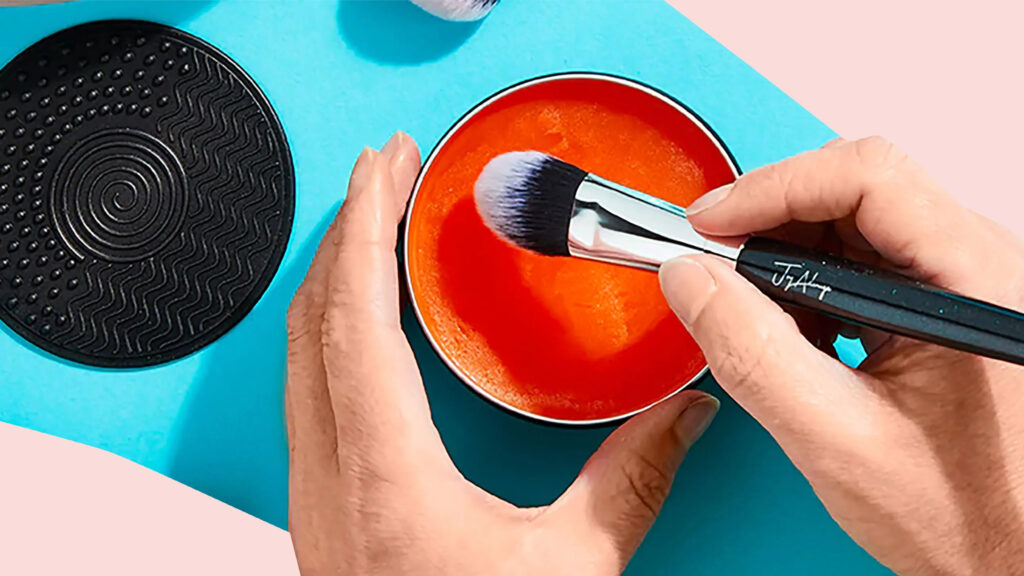
If you need to use your brushes right away, you can use a hair dryer on the lowest setting to speed up the drying process. Make sure the bristles are completely dry before using them.
Tips and Tricks:
Clean your brushes at least once a week to keep them in good condition.
Use a gentle liquid soap or brush cleaner to clean your brushes.
Avoid using hot water to clean your brushes as it can damage the bristles.
Never soak your brushes in water as it can loosen the glue that holds the bristles in place.
Be gentle when cleaning your brushes, especially if they’re made of natural hair. Harsh scrubbing can damage the bristles.
If you don’t have a brush cleaning mat or glove, you can use the palm of your hand to clean your brushes.
Don’t dry your brushes upright as the water can seep down into the metal part of the brush and loosen the glue. Instead, lay them flat on a clean towel.
Don’t use a hair dryer on high heat to dry your brushes as it can damage the bristles.
If your brushes are really dirty, you may need to clean them multiple times to get them completely clean.
Store your brushes in a clean and dry place to prevent bacteria growth.
Consider investing in a brush holder to keep your brushes organized and easily accessible.
If you’re short on time, you can use a quick-drying brush cleaner spray to clean your brushes between uses.
In conclusion, cleaning your makeup brushes is an important step in your beauty routine that should not be overlooked. Regular cleaning will not only help maintain the performance and longevity of your brushes, but it will also prevent bacteria growth and skin problems. By following the tips and techniques outlined in this article, you can keep your brushes clean and in good condition for years to come.

